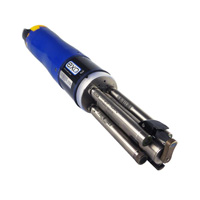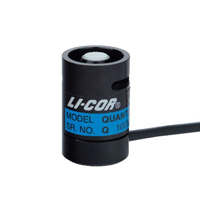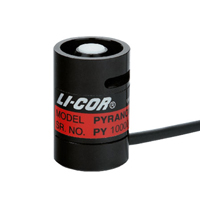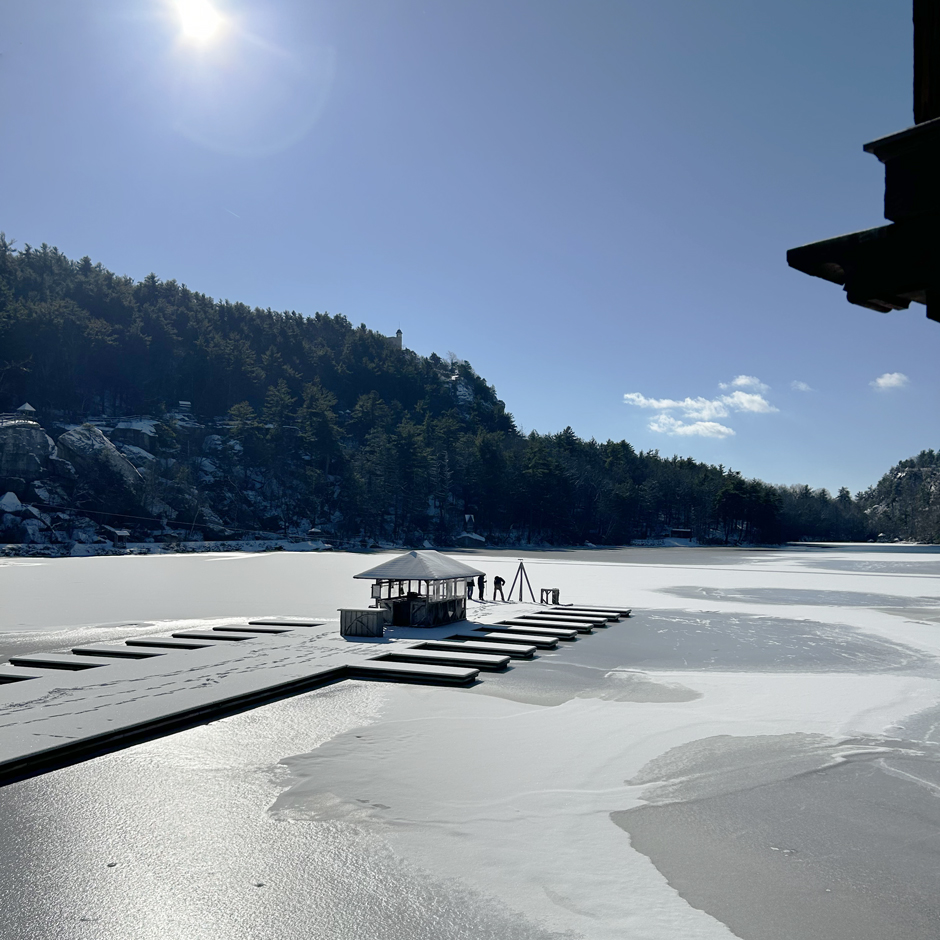 Mohonk Lake in the mid-Hudson Valley, New York, is one of many lakes in the U.S. that experiences annual freezes. However, ice conditions are changing rapidly now due to rising global temperatures and changes in other climate conditions. Various shifts in the physical and chemical traits of Mohonk over time have the possibility of changing the seasonal dynamics of the lake, including in the winter.
Mohonk Lake in the mid-Hudson Valley, New York, is one of many lakes in the U.S. that experiences annual freezes. However, ice conditions are changing rapidly now due to rising global temperatures and changes in other climate conditions. Various shifts in the physical and chemical traits of Mohonk over time have the possibility of changing the seasonal dynamics of the lake, including in the winter.
The desire to understand lake dynamics year-round is not exclusive to the Hudson Valley. Instead, the year-long monitoring efforts on Mohonk are part of a multi-lake research initiative sponsored by the National Science Foundation with over a dozen participating lakes across the country. Because the project seeks to highlight winter dynamics and the effect of ice presence on various lake conditions, it was aptly named the Thin Ice Project.
Challenge: Monitoring in the Winter
Dr. David Richardson, a professor in the Biology Department at SUNY New Paltz, is responsible for monitoring efforts in Mohonk Lake, which is one of the lakes that will serve as a reference point for conditions in lakes that experience freezing. Compared to ice-free lakes, winter monitoring in Mohonk could present some challenges.
While other lakes in the study can deploy a data buoy year-round with few concerns, ice on Mohonk Lake’s surface could damage the buoy’s hull and result in the loss of equipment and data. The ice also creates unique monitoring considerations and needs.
 Richardson elaborates, “We want an idea of what happens when the lake freezes and then melts, or accumulates snow on the ice. That has implications for the light distribution in the lake water column and how the algae that live in the lake are getting the light that will drive their photosynthesis [. . .] I think that’s going to be something that is kind of new, and we’re going to try and leave the sensors out over the winter.”
Richardson elaborates, “We want an idea of what happens when the lake freezes and then melts, or accumulates snow on the ice. That has implications for the light distribution in the lake water column and how the algae that live in the lake are getting the light that will drive their photosynthesis [. . .] I think that’s going to be something that is kind of new, and we’re going to try and leave the sensors out over the winter.”
Solution: Meeting Deployment and Data Needs on Mohonk Lake
In order to avoid possibly ice-related damages, Richardson opted to use a TS210 thermistor string, which will be deployed off of a dock with a YSI EXO3 sonde to collect dissolved oxygen, chlorophyll a, phycocyanin, pH, conductivity, and temperature data.
Light attenuation and weather data are also of particular interest to Richardson and his collaborators, as light conditions above and below the ice can be tied to snow thickness, ice color, and water quality conditions that potentially drive algal blooms. A pair of LI-COR 190 and LI-COR 200 will be used to measure light conditions above and below the surface. For the weather component, a Lufft WS501 station collects weather data.
“We want to know more than just how the ice is attenuating the light but also what is being experienced by the algae that are living there. And we might see changes especially as lakes, freeze and melt multiple times or experience ice-free winters,” explains Richardson.
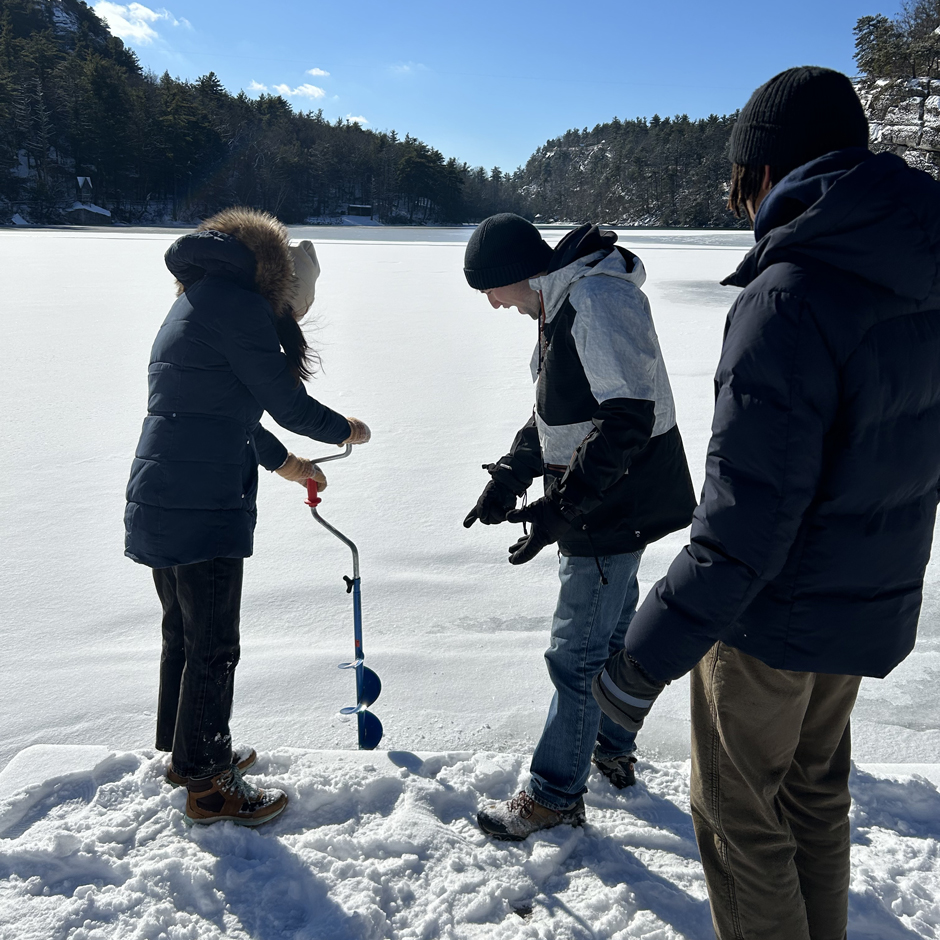 He continues, “Ice has consistently frozen on Mohonk for months in the past. Within the past several years, Mohonk has experienced the first winter with intermittent ice cover—in 2022-2023, there were three different freezes and melts with almost the whole month of January ice free. This past winter has ended early with ice melting in early March and unlikely to return.”
He continues, “Ice has consistently frozen on Mohonk for months in the past. Within the past several years, Mohonk has experienced the first winter with intermittent ice cover—in 2022-2023, there were three different freezes and melts with almost the whole month of January ice free. This past winter has ended early with ice melting in early March and unlikely to return.”
Benefits: Data Sharing and Shedding Light on Winter Dynamics
The combination of water quality and climate data allows Richardson to spot trends between weather conditions and water quality. Beyond revealing the seasonal dynamics for individual lakes, data sharing can help reveal the yearly dynamics for lakes in the future if conditions change.
Other lakes participating in the study experience lower or no ice cover during the winter—which may be the future for lakes like Mohonk. Due to climate change and climbing temperatures, Mohonk Lake may be one of many lakes to see declines in annual ice cover.
These other lakes serve as a reference point for how system properties change. The Thin Ice Project focuses specifically on how winter conditions influence algal blooms, something that isn’t common for Mohonk but is more frequent in the warmer, more productive lakes in the study.
The Bottom Line
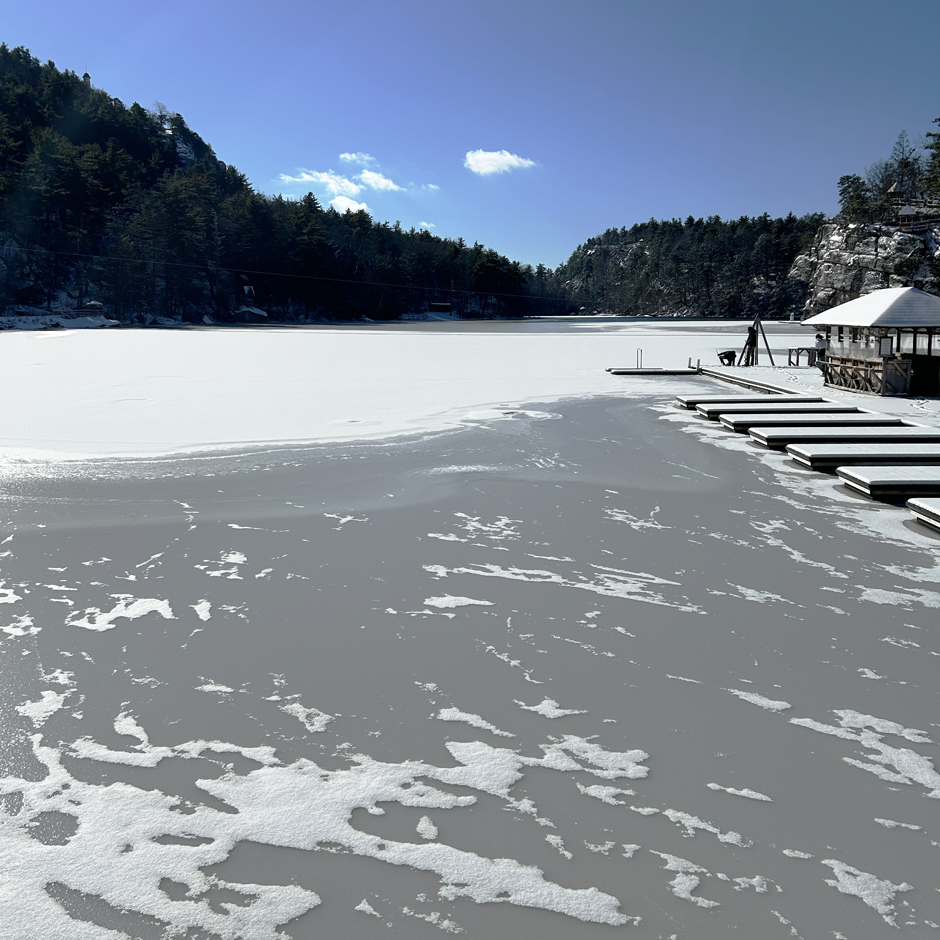 The data collected on Mohonk will serve as a reference point to compare to future years’ data, which may vary based on climate conditions. Fortunately, the Smiley family, who have, for centuries, managed the Mohonk Mountain House, the hotel and resort on Mohonk Lake, have also been gathering environmental data.
The data collected on Mohonk will serve as a reference point to compare to future years’ data, which may vary based on climate conditions. Fortunately, the Smiley family, who have, for centuries, managed the Mohonk Mountain House, the hotel and resort on Mohonk Lake, have also been gathering environmental data.
“It’s one of the most unique datasets where they’ve been tracking daily weather since the 1800s. They’ve been tracking ice in the lake for over 90 years [. . .] After he retired as CEO of the Mohonk Mountain House, Daniel Smiley stayed around while his family ran the hotel, and he just made observations over the last 20 or 30 years of his life—things like, when animals were migrating or when plants were flowering,” observes Richardson.
He continues, “He recorded a fair bit of data from the lake, so we have a 40-plus year data set of Lake temperature and other facets of the lake to go along with the other long-term data.”
The data collected for Mohonk over the next year will add to this historic data pool and provide the opportunity to look even further back into the lake’s history. While the historical data has largely been based on observations, the real-time system will provide more consistent and quantitative data over time.
Equipment
The NexSens TS210 Thermistor String provides high precision temperature measurements for profiling in lakes, streams, and coastal waters.
The YSI EXO3 is a purpose-built sonde for monitoring major water quality parameters, including: pH, conductivity, temperature, turbidity and dissolved oxygen.
The LI-190R Quantum Sensor measures photosynthetically active radiation (PAR), which is energy that drives photosynthetic reactions in plants.
LI-COR LI-200R Solar Radiation Sensors
The LI‑200R Pyranometer measures total solar radiation. In outdoor sky conditions, the LI‑200R performs comparably to first-class thermopile pyranometers.


